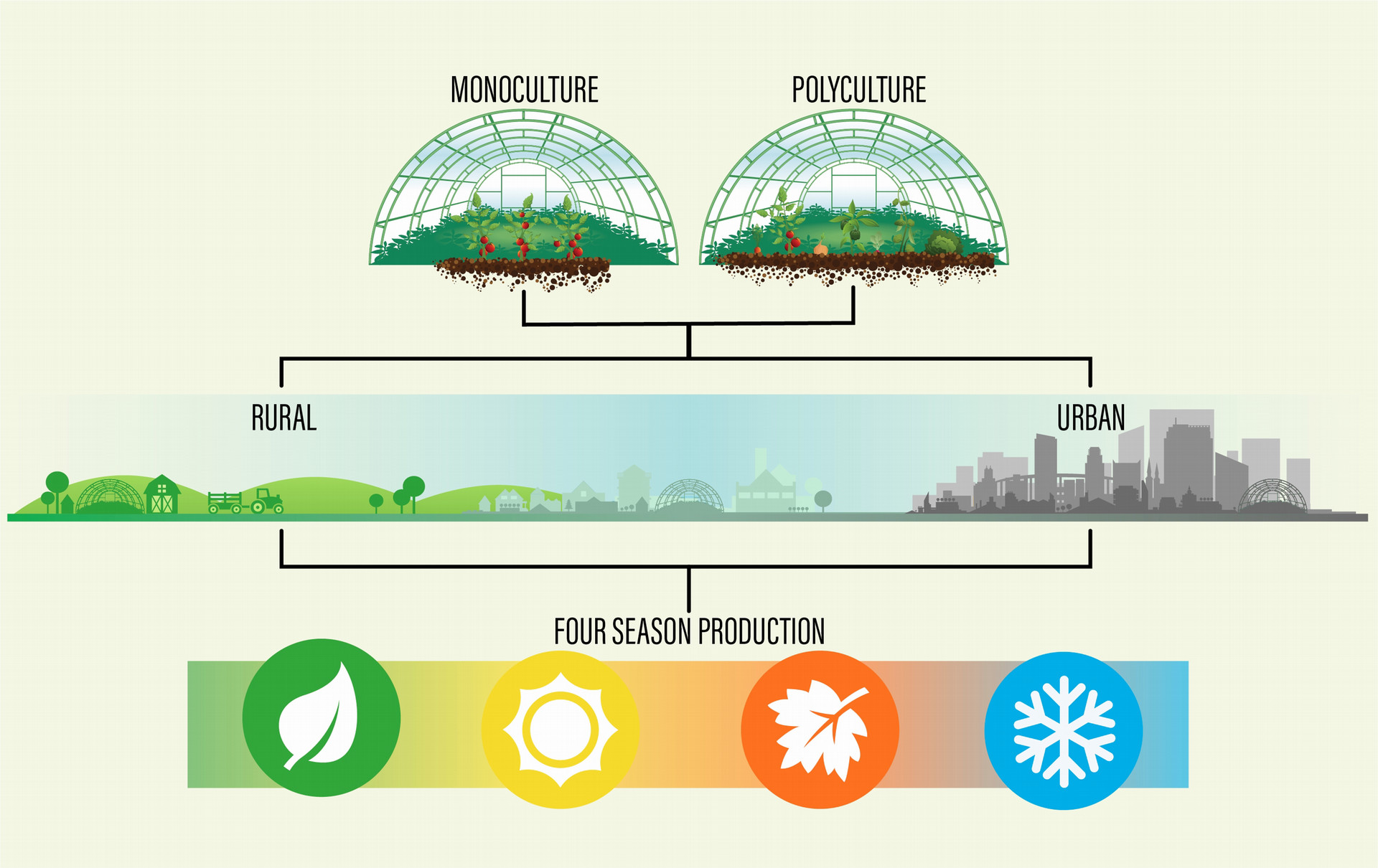High Tunnel Production Resources

Optimizing pest management in high tunnels to increase the resiliency of local food systems
Local food systems are an important driver of specialty crop production. Despite the emerging interest and economic opportunity of local food systems, resources (e.g., research, funding) have disproportionately favored conventional large farms over the more diffuse network of small-medium sized farms that take part in direct-to-consumer (DTC) sales. One of the central tools employed by DTC farmers are high tunnels (HT), a form of protected agriculture used almost exclusively to produce specialty crops. Little is available in the way of research-backed recommendations related to pest management in HT crops, even though we know from discussions with and surveys of growers that this is a major factor limiting production. In this project, we aim to understand the impacts of crop diversity (mono- vs. polycutlure) on pest and beneficial insects across a rural to urban gradient and all four growing season (i.e., winter production). We will investigate the contribution of natural enemies to pest suppression through molecular gut content analyses and experimental manipulations of natural enemy releases on grower and research farms. We will also evaluate seasonal dynamics, and focus on optimizing production fall through spring. In collaboration with two economists, we will investigate the economic impacts of pest and crop management decisions, the value provided through ecosystem services of such practices, and develop economically-backed decision support tools for HT growers. We anticipate the development of pest management recommendations tailored to farm cropping strategies, location and season. Decision making support tools will be created online and in print and disseminated through demonstrations.Funded by NIFA-SCRI 2021-07737
